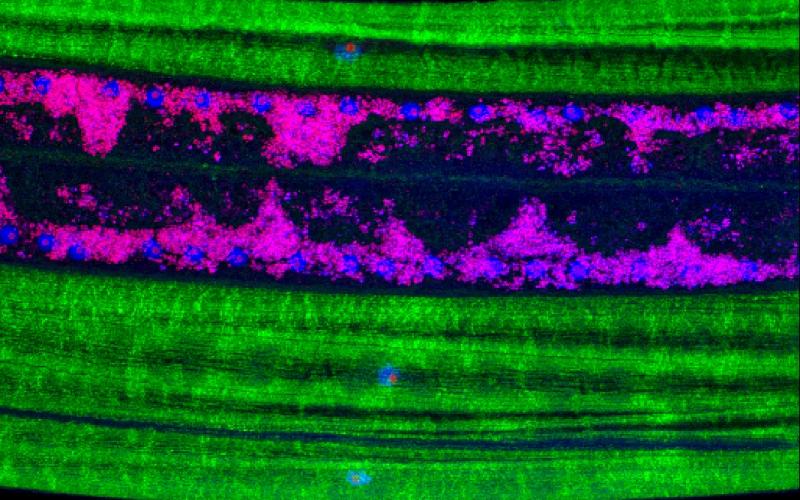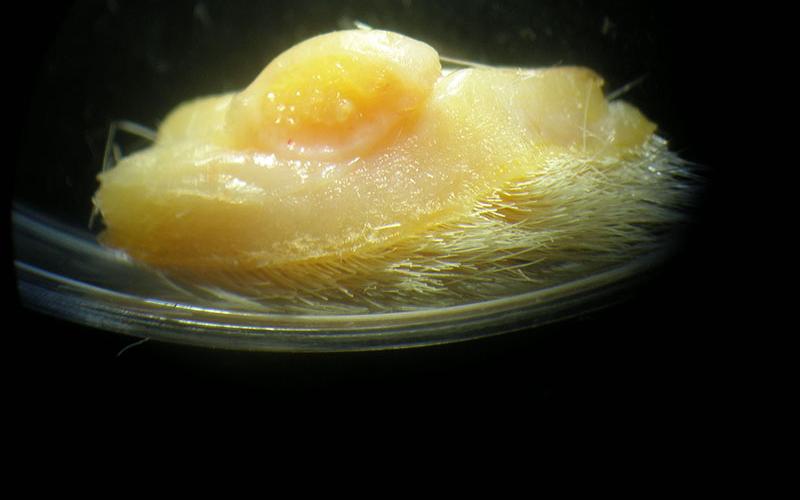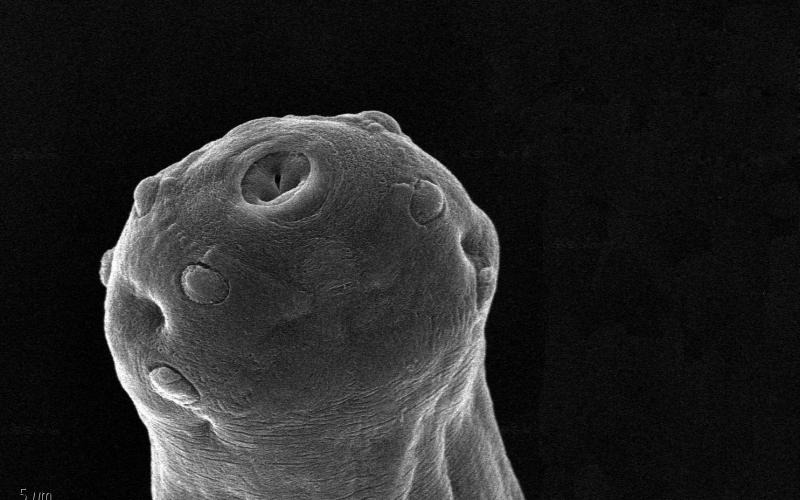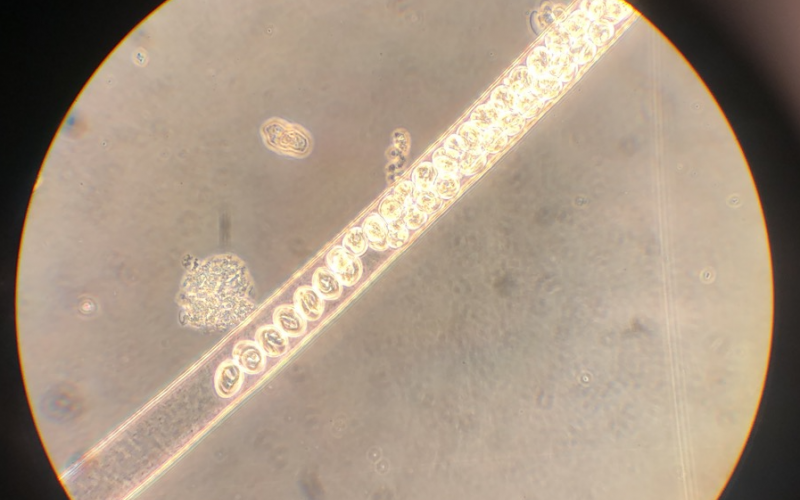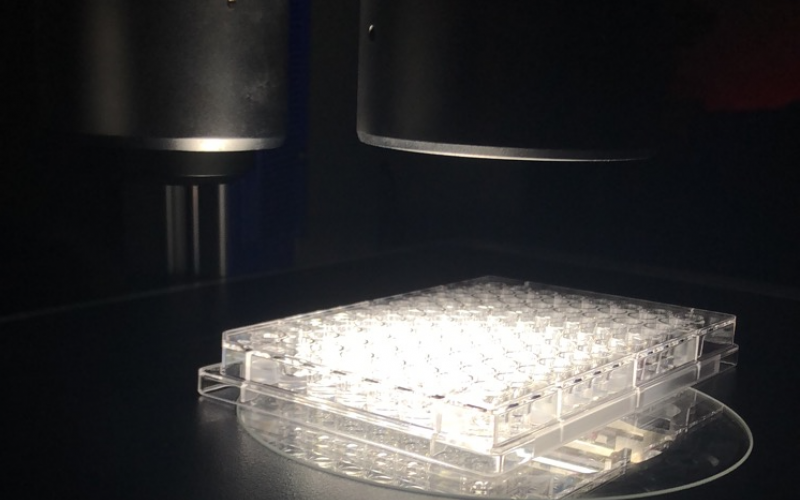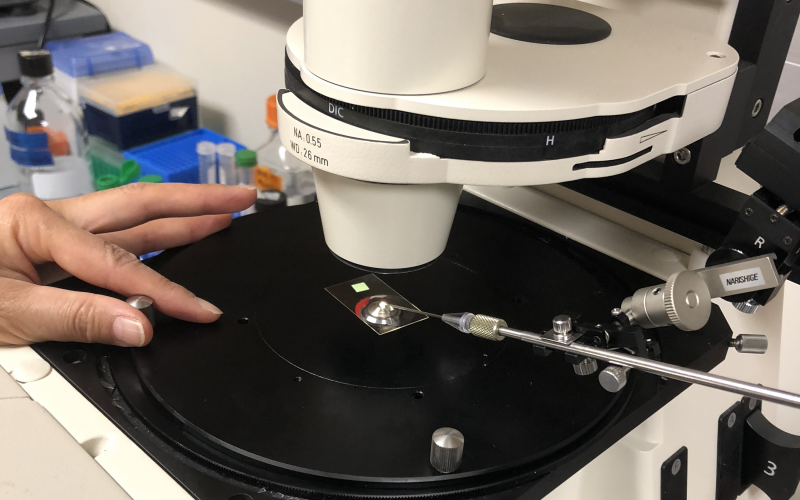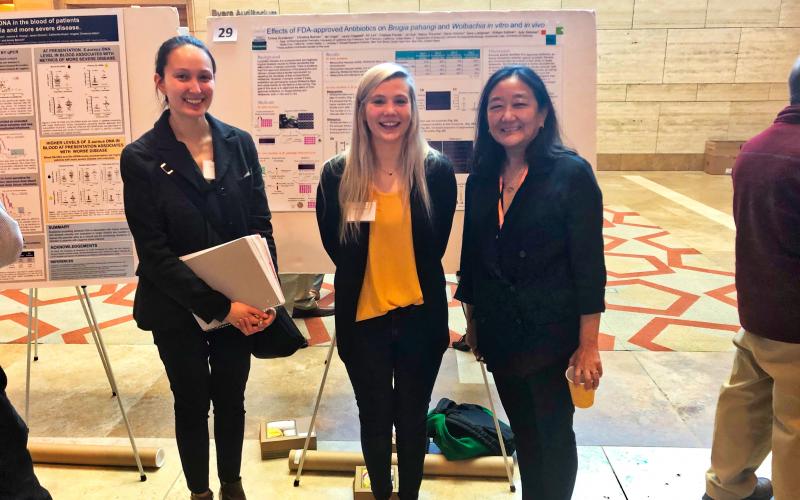Our mission is to help others by sharing our knowledge and expertise.

Balamuthia mandrillaris amoebae were tested with compounds to identify new drugs to treat the deadly disease from
Laurie MT, White CV, Retallack H, Wu W, Moser MS, Sakanari JA, Ang K, Wilson C, Arkin MR, DeRisi JL. 2018. Functional assessment of 2,177 U.S. and international drugs identifies the quinoline nitroxoline as a potent amoebicidal agent against the pathogen Balamuthia mandrillaris. MBio. 2018 Oct 30;9(5). pii: e02051-18. doi: 10.1128/mBio.02051-18.PMID: 30377287.
Our Projects include:
Macrofilaricide studies to find lead compounds... that treat filarial diseases in life cycle stages where current treatment is ineffective. Lead compounds that have approved as safe and can be repurposed to treat neglected diseases are of particular interest. This includes screening of drug libraries to find safe lead compounds that may have previously unknown efficacy in treating diseases. Currently, our research includes searches for macrofilaricides for the organisms causing river blindness (Onchocerca volvulus) and lymphatic filariasis (Wuchereria bancrofti, Brugia malayi, and Brugia timori) using a model based of a Brugia pahangi model.
In Vitro screening of leads and high throughput analysis of compounds is a major focus of the laboratory. Our team recently developed a low cost, simple visual imaging system that utilizes a novel software program to capture video recordings to assay compounds against these large worms. Instead of depending on laborious manual subjective methods of analyzing the data, we can now quantify multiple worms' movements simultaneously on a single plate, with each plate taking only a few seconds to read. We also research other areas of parasitic disease, including characterizing various parasite proteins as potential drug targets.
Noninvasive diagnostics to measure the viability of Onchocerca nodules are being tested to find fast and convenient methods to determine the effectiveness of drug treatments directly inside a patient without surgical intervention.
Continuing studies in drug models for Cryptosporidium to explore the biochemistry and biology of the protozoa to find effective treatments for a disease that is the most common water-borne illness in the world.
Schistosoma mansoni studies in pursuit of diagnostic and therapeutic solutions for a helminth disease that is second only to malaria as the most common parasitic disease. We maintain a life cycle for use in drug discovery and screening studies.
Planaria studies include the flatworm, Schmidtea mediterranea, as a safe and convenient model for parasitic study due to its conservation of key proteases and ease of manipulation.
One of the continuing missions of the lab is to provide instruction in parasitic and infectious disease. It has been a long tradition to host emerging STEM students and introduce them to our scientific research.

Christiana discusses filarial disease with high school students.

Emma discusses parasitic infections with high school students

Ian gives an introduction to a parasitic life cycle.
